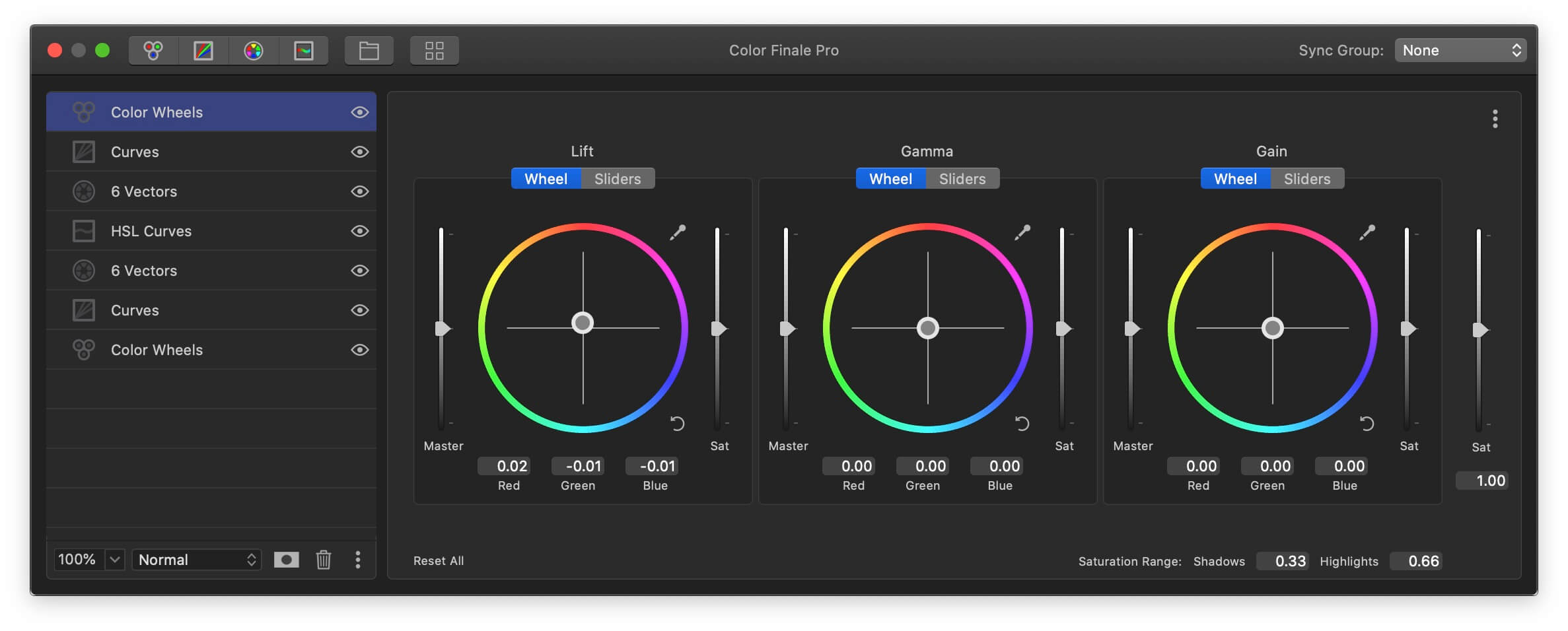
- IMPORT LUT INTO COLORFINALE HOW TO
- IMPORT LUT INTO COLORFINALE PRO
- IMPORT LUT INTO COLORFINALE SOFTWARE
You can access them by adding the Lumetri effect to a clip or an adjustment layer.

Technical LUTs can be used to convert footage to a different color space, while creative LUTs include things like cinema grades. Name one “Creative” and another “Technical”. We also recommend creating two additional folders within the new “LUTs” folder. Create “LUTs” folder: Within the “Common” folder, create a new folder and name it “LUTs”.And on PC, you’ll go to C:\Program Files\Adobe\Common Navigate to the “Common” folder: On Mac, go to /Library/Application Support/Adobe/Common.
IMPORT LUT INTO COLORFINALE PRO
Then, we’ll get into Final Cut Pro X to wrap things up.
IMPORT LUT INTO COLORFINALE HOW TO
How to Use LUTs in Video Editingįirst, we’ll look at Adobe Premiere Pro. Let’s wrap this up by explaining how to use LUTs in Adobe Premiere Pro and Final Cut Pro X. So, you now understand what LUTs are and where to get them. Here are three sources you can use to download a ton of LUTs for free. If you’re just getting started with using LUTs in video editing, start with some free downloads.
IMPORT LUT INTO COLORFINALE SOFTWARE
And they can even be created with color grading software like Color Finale 2! In Color Finale 2, you can create a look, save it and apply it to videos you make later. LUTs can be downloaded online (we’ll share some great sources soon). The most common LUTs are those that give videos a cinematic look. LUTs are commonly used by video editors as a way to speed up the post-production process while also improving the look of the footage. Finally, when you use LUTs to color grade (remember, color correcting and color grading are different!), those numbers change again. Then, the color correcting adjusts those numbers. The footage on your timeline starts with an array of numbers based on the colors shot. So, when you download LUTs from the internet or use preloaded LUTs in a video editing platform like Adobe Premiere Pro, you’re really working with numbers. These Lookup Tables are an array of numbers that have been predetermined to effect color values in certain ways.

LUT is an acronym which stands for “Lookup Table”. Attachments CAM_17.cube.zip (64.At their most basic level, LUTs are color filters that can be saved and applied to clips or entire videos. I've attached just a resized version (no rescaling etc done as I assume the LUT looks as intended) of the LUT (17^3) using Lattice that should also work on the camera. This should create a new version of the LUT that will import into the camera fine. The easiest thing to do for future reference if you don't have a tool like Lattice etc is to import the LUT into Resolve, apply it to a node (with no other changes unless desired) and generate a new LUT by right clicking the clip. Changing it to say 33^3 is not correct as then there should be 35937 lines of data, you need to 'resample' and actually resize the LUT to make it 17^3 or 33^3. You have generated a 16^3 LUT file from Premiere so there needs to be 4096 lines of data past the "header" tags etc. The negative numbers aren't so much a problem (for parsing at least), but you can't just change the tag for 3DLUT size - it directly relates to how many lines of data there is.


 0 kommentar(er)
0 kommentar(er)
